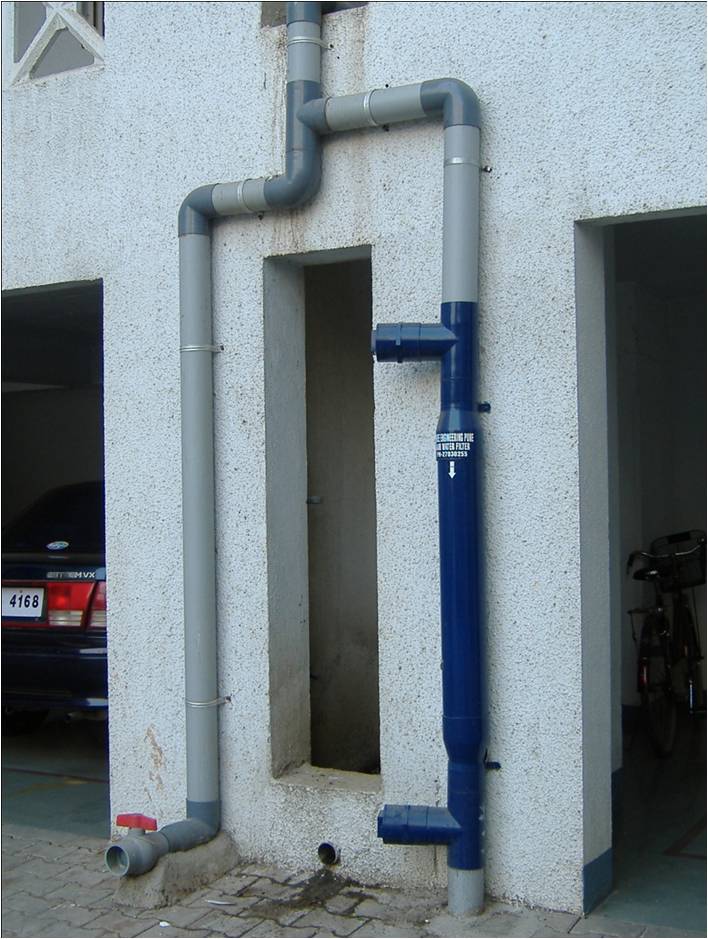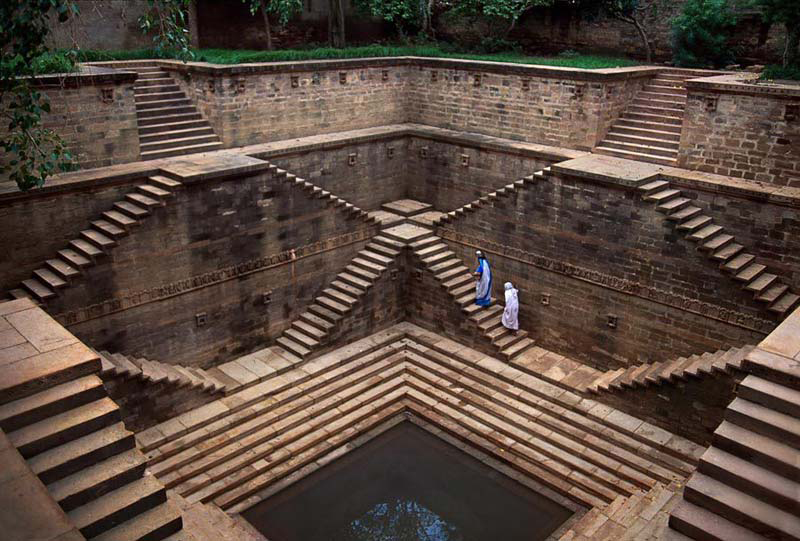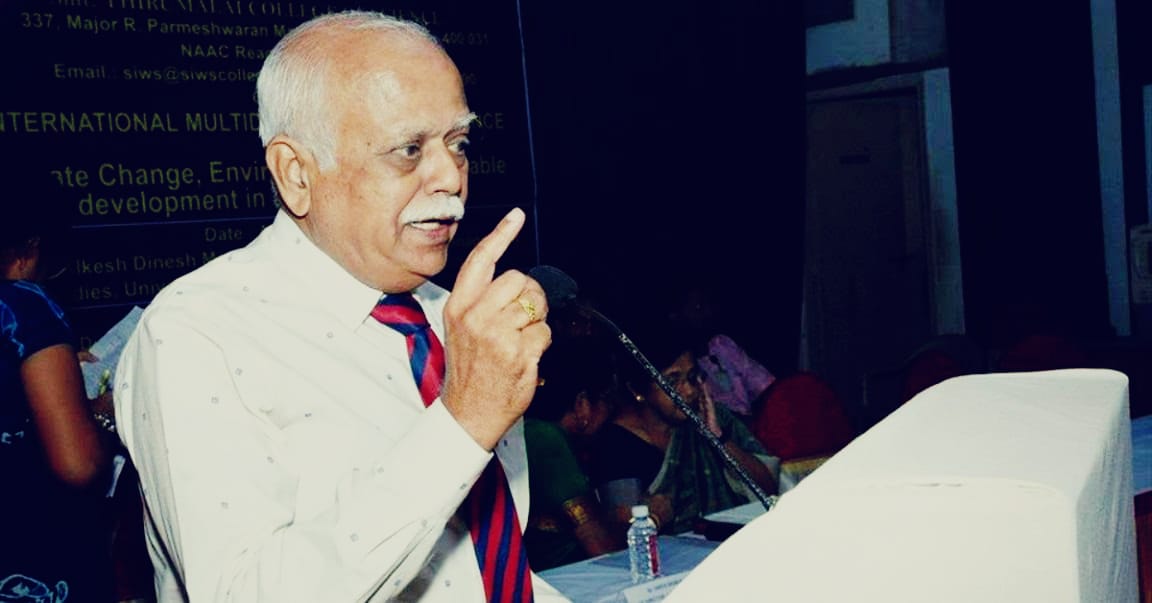As the monsoon season has arrived, the importance of rainwater harvesting once again gains momentum. Highlighting the alarming situation about water as a resource, Colonel (Retd) Shashikant Dalvi, Pune’s noted water conservationist and founder of Parjanya Rainwater Harvesting Consultancy said, “Water is the most violated natural resource. If things continue like this, it won’t be too long for taps in India to run dry. There is a high probability for our cities to run out of the water.”
Dalvi has been educating about rainwater harvesting since the last 18 years. He is working in and around Pune and in other states as well to create awareness. While speaking to the team The EarthView, Dalvi said, “I bid farewell to the army in March 2002 and settled in Viman Nagar, a suburb of Pune. My housing society, Lunkad Green Land 2, was facing acute water shortage and using three water tankers every day. As a Chairman of the society, I proposed members to implement the Rain Water Harvesting system in society. 12,000 sq. ft. of my society rooftop was used as catchment area and was collecting annually around 900,000 litres of rainwater.”

Dalvi further informed that his society bore well water level stood at a depth of 225 ft. In Jun 2003 they implemented First Multi-Story Complex RWH System and by July 2003 their society became Tanker Water Free. He also explained that the implementation of rainwater harvesting has also helped in groundwater recharge, increasing the groundwater table level. He said, “The next major benefit was the rise in the Ground Water table from 225 ft. to 60 ft. now in 2020. Borewell yield increased from 30 min per day in 2003 to 9 hours a day now. The problem of water shortage in my society was completely solved and its been 17 years, we never faced any issues.”
What is Rainwater Harvesting?
Rainwater Harvesting is a process of accumulation and storage of rainwater where it falls and using the same. It is the way of saving the rainwater that otherwise flows off to drains and can be used for the non-drinking purpose such as water for livestock, water for irrigation or to recharge groundwater.
The collected water on rooftops is taken down to the ground in the bore with the help of pipes.

Rainwater harvesting system works on three components such as catchment, conveyance system and storage. Surfaces such as rooftops, footpaths, roads can be the catchment area and it is connected to the conveyance system such as downpipes. Stormwater drains, French drains with pebble can also work as the conveyance systems.
This conveyance system can be connected to the storage such as ground-level tanks, underground sumps, surface lined ponds depending on the context of the rainwater harvesting design.
Rainwater Harvesting- A Traditional Method
Historical evidence suggests that both floods and droughts were a regular occurrence in ancient India. Perhaps, this is why every region in the country has its traditional water harvesting techniques. Archaeological evidence shows that the practice of water conservation is deep-rooted in the science of ancient India. Chanakya’s Arthashashtra had also mentioned irrigation using water harvesting system. However, rainwater harvesting is not a new method of conserving water, it is a method that was used in India since the Indus valley civilization where ponds and tanks were specially built to secure water. These traditional techniques though less popular at present are still in use and proves to be efficient.

Talking about the traditional techniques, Dalvi said, “There is no use of any modern techniques for rainwater harvesting. Indians have an intellectual history hence ancient methods are best as they are affordable and also very efficient.”
Dalvi who works alone often travels to different states like Madhya Pradesh Rajasthan and Uttar Pradesh and guides people about the importance of conservation of water.
Highlighting the importance of rainwater harvesting in the conservation of water, Dalvi said, “The success story can’t be measured because every individual saves a different amount of water, every housing society and bungalow can install this and save water on its own. After all, this will be the best wealth we can give to our future generation.”
He further said, “There is a study that says that groundwater level is depleting as the percolation of water is less due to concrete roads. In this continues then we will be without water after some time. In such condition, it is of utmost importance for every individual to conserve water and rainwater harvesting is the best way to save the cities from going dry. With the help of rainwater harvesting, We can be the saviour for groundwater levels, energy and electricity. It is rightly said that Drop we save, Drop we gain.”
Written By -Selvi Pareek


RWH / environment friendly awareness should be drilled into the minds of people from very young age ,every human being at every stage if their life has to be sensitive towards nature around them.